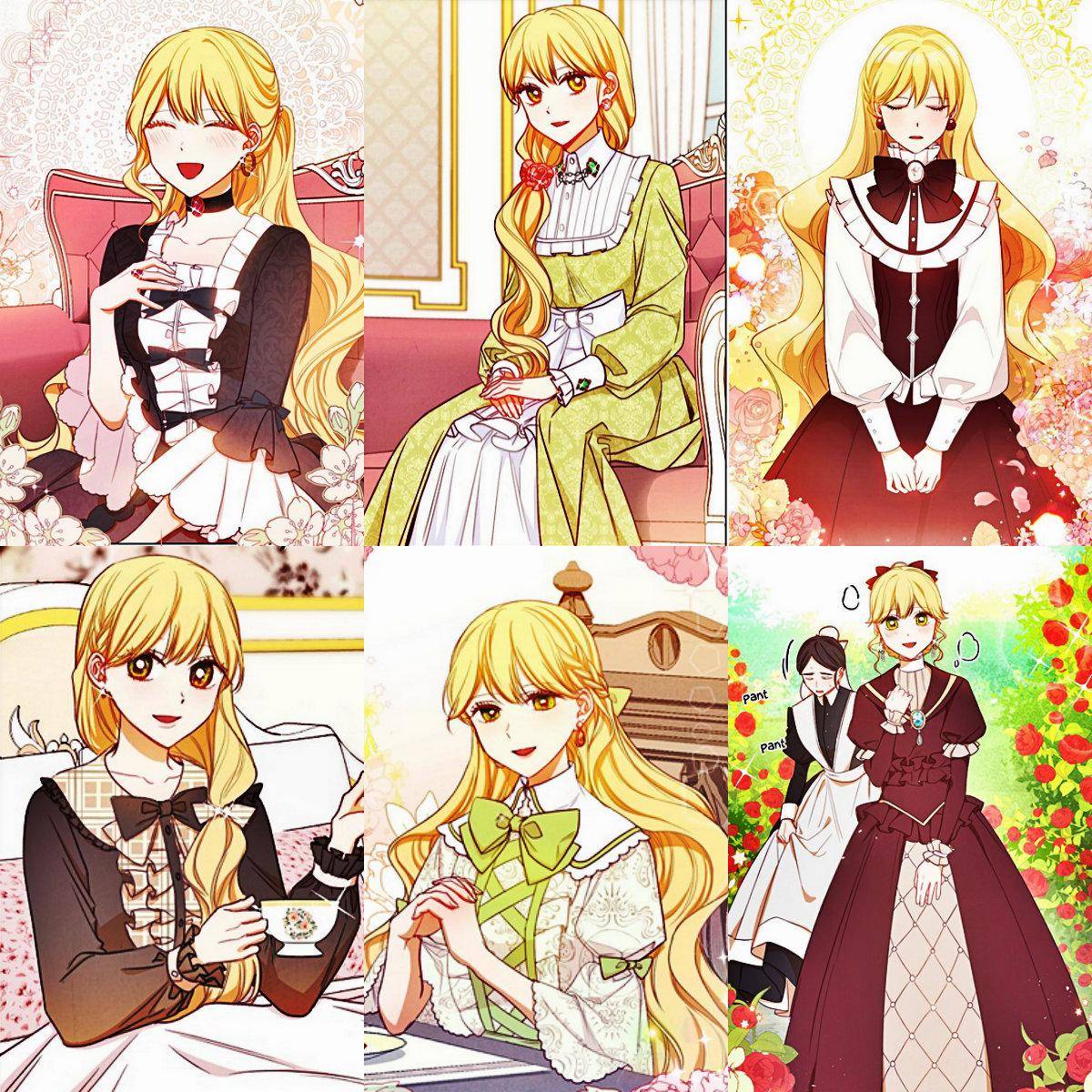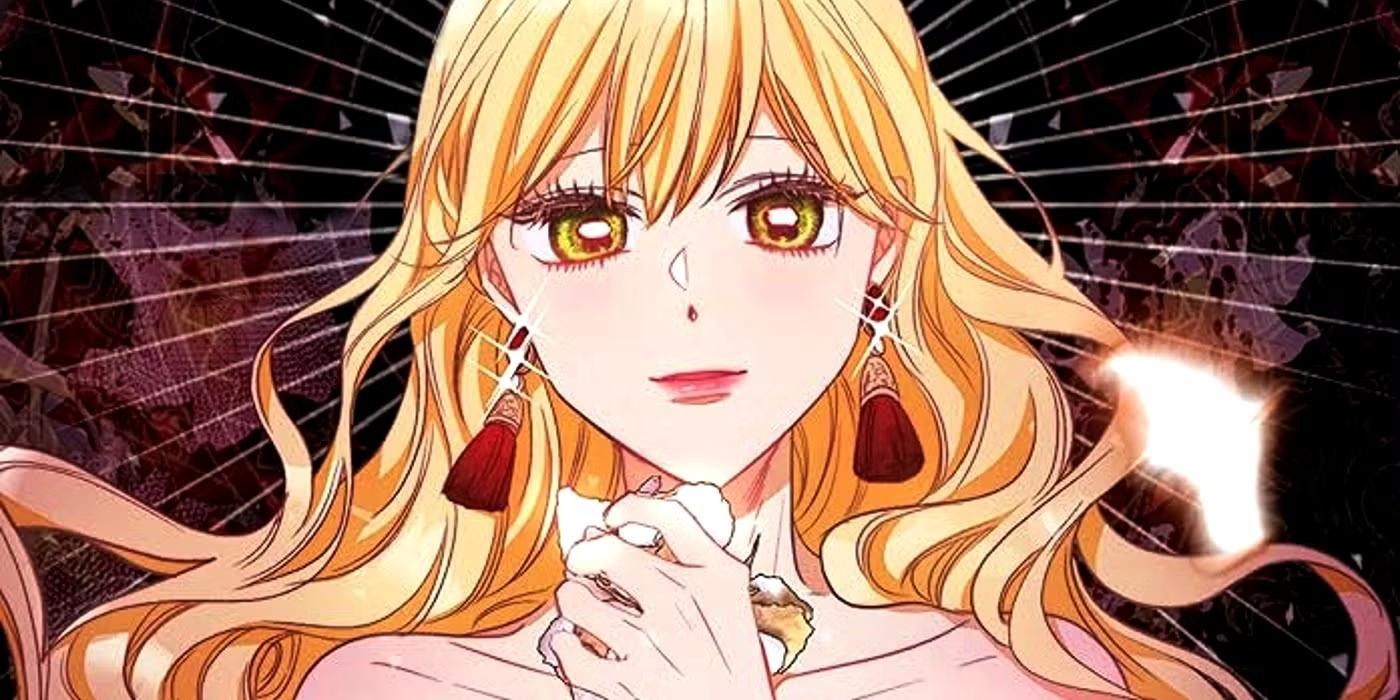In recent years, manhwa about reincarnation and villainess revenge have surged in popularity, often following familiar storylines of second chances and personal growth. However, The Villainess Turns the Hourglass, available for fans on ComicK, stands apart by diving deeper into the darker facets of ambition and revenge.
Rather than a simple redemption tale, this series introduces Aria Roscent a protagonist whose cold intelligence and unwavering drive challenge typical genre conventions. ComicK readers looking for a richly layered story will find themselves drawn into Aria’s intricate world of manipulation, strategy, and evolving emotions, all set against a backdrop of political intrigue and high-stakes drama.
The Reincarnation Revenge Trope Reimagined
Manga and manhwa featuring reincarnation or second chances have flooded the market, often with familiar beats tragedy, awakening, and the quest to change the past. The Villainess Turns the Hourglass follows this popular formula, but what sets it apart is its protagonist Aria Roscent’s methodical, unflinching pursuit of revenge.
Unlike many stories where growth happens almost incidentally, Aria’s maturity is forged through cold calculation and a relentless drive. This series invites readers to rethink the villainess trope, showcasing a layered character whose dark ambitions blur the line between hero and villain.

Plot Overview: The Hourglass as a Symbol and Weapon
At the core of the story is the hourglass a clever narrative device allowing Aria to rewind time in small increments, armed with memories from her previous doomed life. This magical element elevates the usual reincarnation plot by adding strategic depth: Aria is not only fighting fate but manipulating it deliberately.
The hourglass becomes both a symbol of limited but precious opportunity and a tool of empowerment, emphasizing that while the past can be revisited, choices still matter in shaping the future. This mechanism also builds tension, as Aria must decide when and how to use her power, balancing patience with urgency.
Character Study: Aria Roscent’s Complex Duality
Aria is far from the typical “redeemed” villainess. The reader inhabits her mind, witnessing her strategic kindness, manipulations, and cold-hearted decisions. This internal perspective complicates empathy she’s not necessarily kinder, just more calculating. Her actions are deeply pragmatic: she curtails cruelty not out of compassion but to rebuild a reputation strong enough to topple her stepsister’s influence.
Her duality creates a compelling tension can readers root for someone so unapologetically driven by vengeance? Meanwhile, her stepsister is portrayed with nuance as a flawed youth shaped by jealousy and prejudice, raising questions about the true nature of blame and whether revenge will truly bring closure.
Themes and Growth: From Revenge to Self-Discovery
As the volumes progress, Aria’s journey transcends mere revenge. Her schemes force her to mature intellectually and emotionally. The older self she channels was never foolish just uneducated and underestimated and now she strives to correct that. Importantly, Aria struggles with the genuine connections she forms; despite her manipulations, she begins to care for some allies, blurring the line between tactical alliances and real affection.
This evolving dynamic poses a central question: can a person defined by vengeance find redemption or happiness? The narrative thrives on this tension, keeping readers hooked through its exploration of identity, trust, and the cost of ambition.

Art and Presentation: Visual Elegance That Enhances the Story
The artistry of The Villainess Turns the Hourglass by Antstudio deserves special mention. The intricate detailing of luxurious gowns, jewelry, and carriage scenes contrasts with the softer, out-of-focus backgrounds, effectively directing readers’ eyes to the characters and their complex emotions. Men’s designs are more subdued, reinforcing gender and social dynamics.
Additionally, the manga’s use of dynamic layouts and expressive lettering especially for villainous remarks highlighted in bold dark fonts adds dramatic flair. Subtle nuances in speech bubbles convey layered emotions, perfectly complementing the art’s blend of beauty and cold calculation.
Audience and Appropriateness: Who Should Read This Manhwa?
Rated for teens and older, this series is suitable for readers comfortable with psychological complexity and occasional dark moments. It’s free from explicit content but contains mature themes such as manipulation, social scheming, and quiet cruelty. The slow-building romance adds another layer but remains secondary to the central revenge narrative.
Ideal readers include fans of manhwa who appreciate a layered, character-driven plot and those drawn to stories that challenge black-and-white morality.
Why The Villainess Turns the Hourglass Stands Out
In a crowded field of reincarnation and villainess manhwa, The Villainess Turns the Hourglass distinguishes itself through its cold, cerebral approach to revenge and character development. Aria’s story is not about sudden redemption or easy victories; it’s about calculated survival, slow-burning transformation, and the moral ambiguity of vengeance.
The stunning art and thoughtful storytelling make it a worthwhile read for those craving a fresh take on familiar tropes. Readers can expect compelling twists and emotional complexity as Aria continues her journey, making this series a strong contender for anyone’s graphic novel collection.
